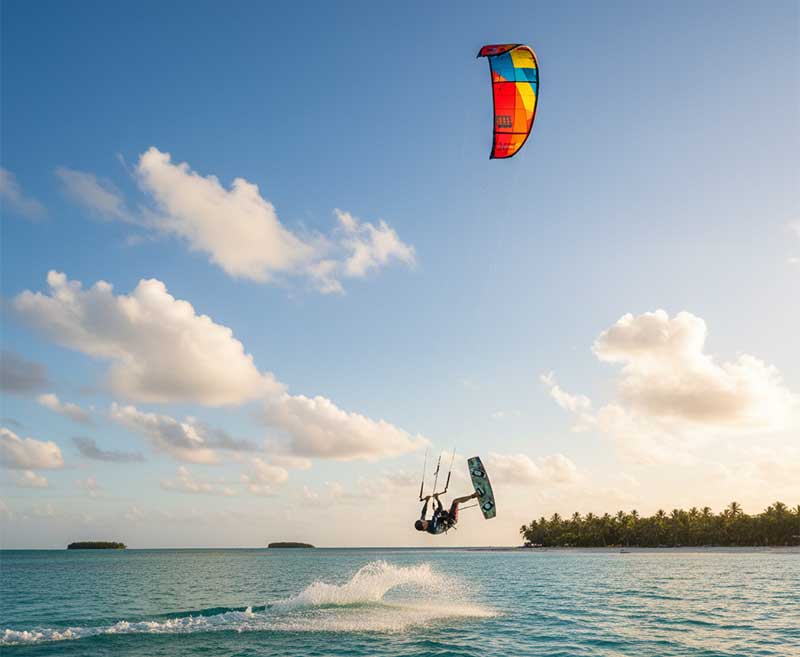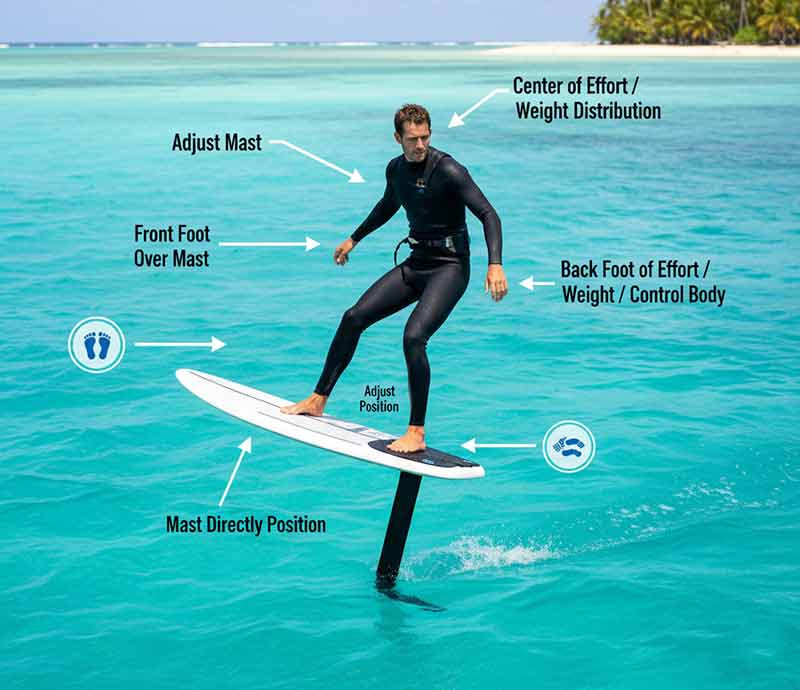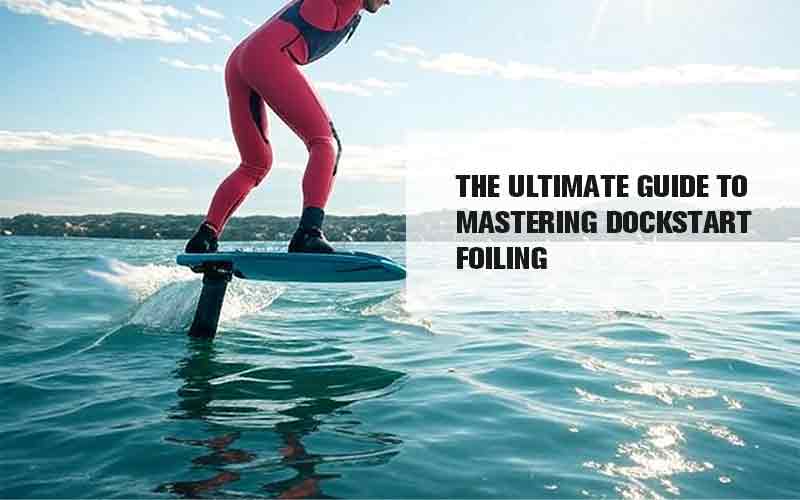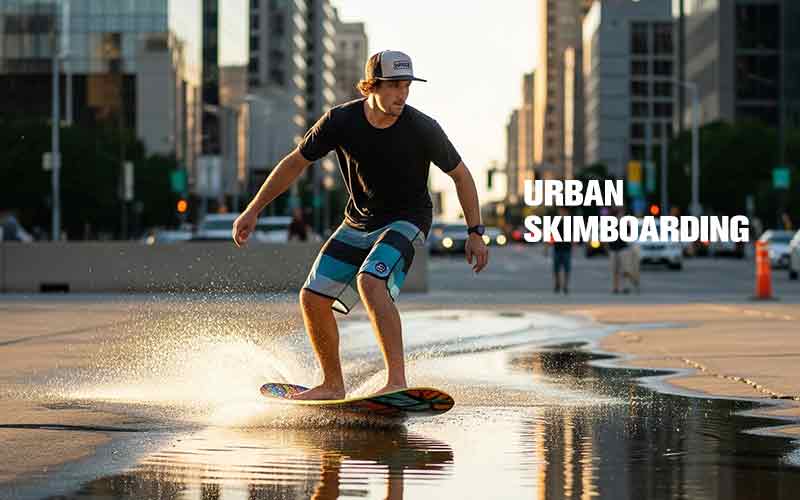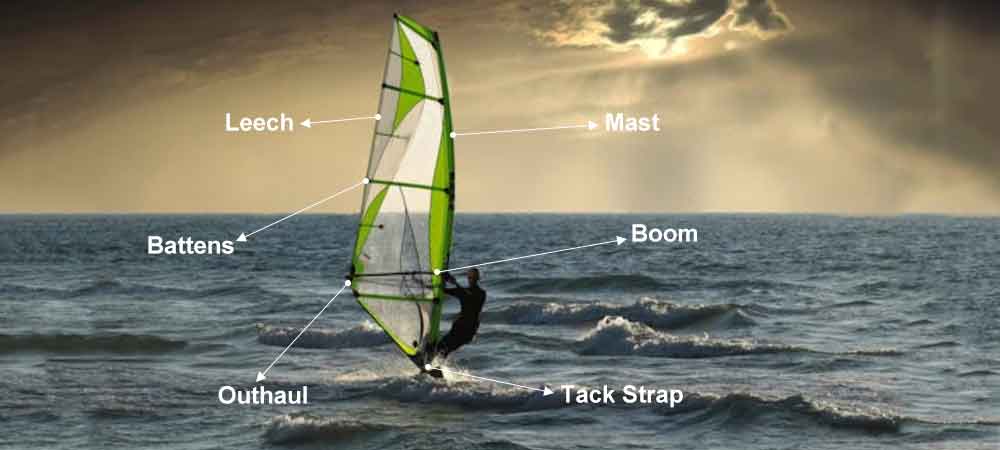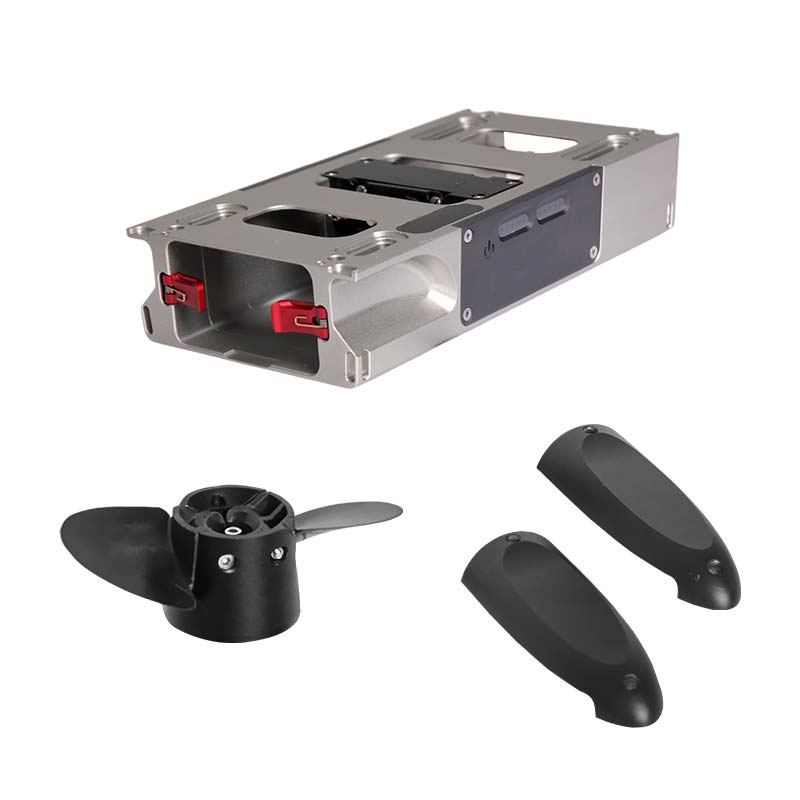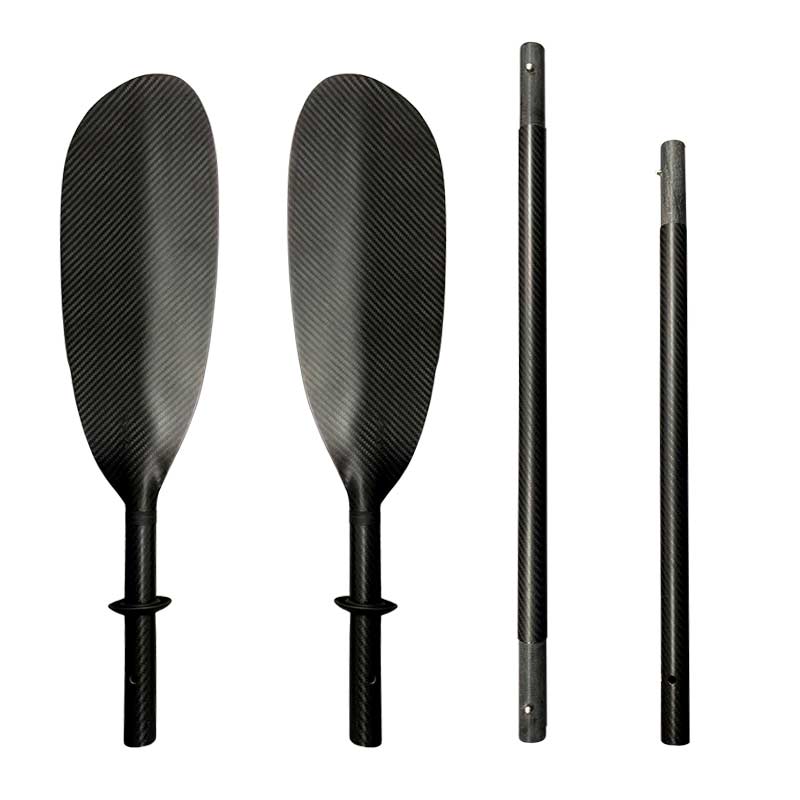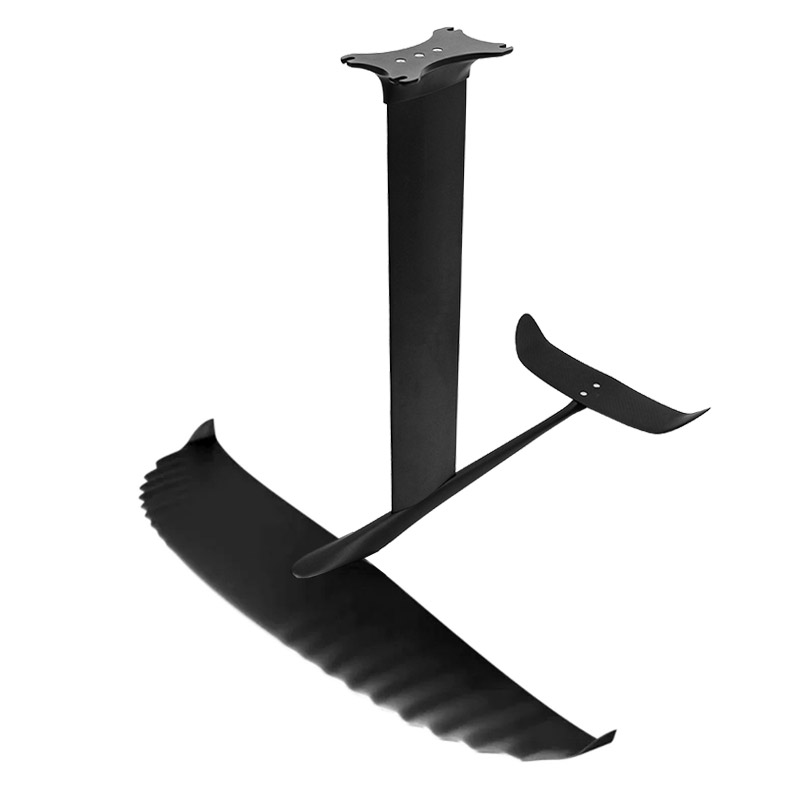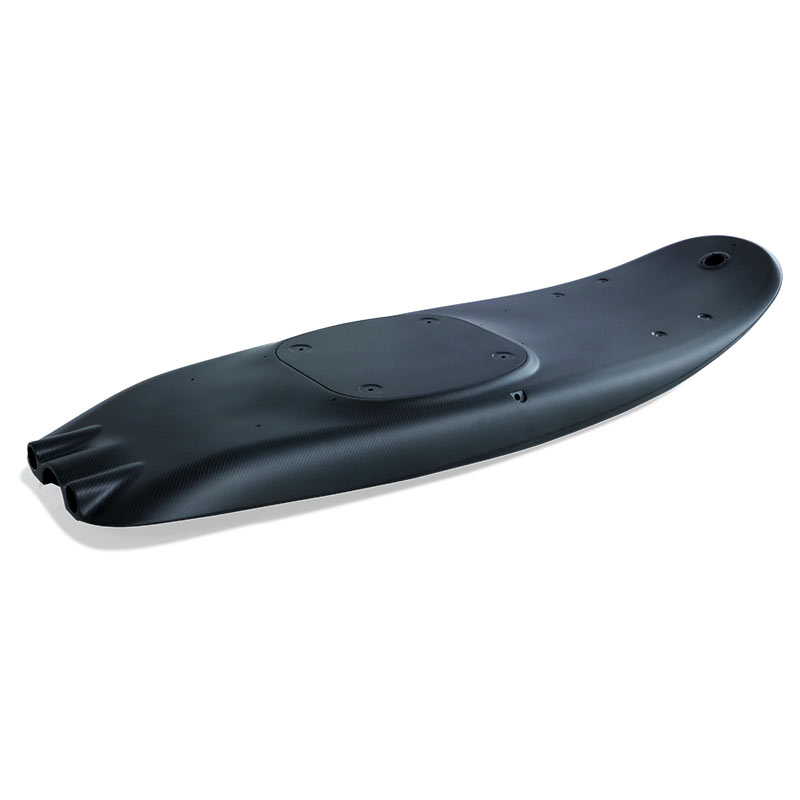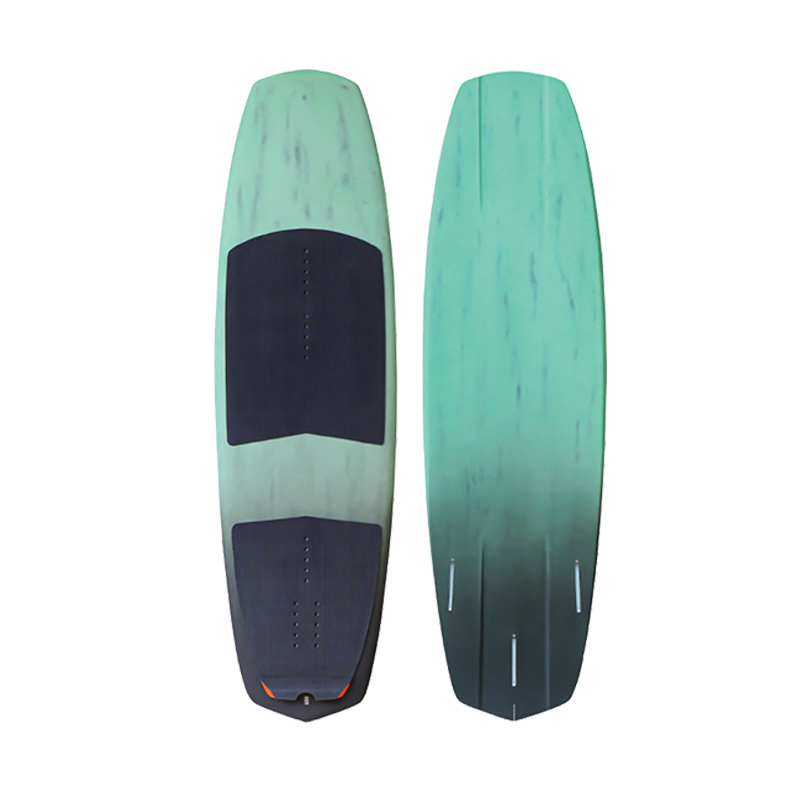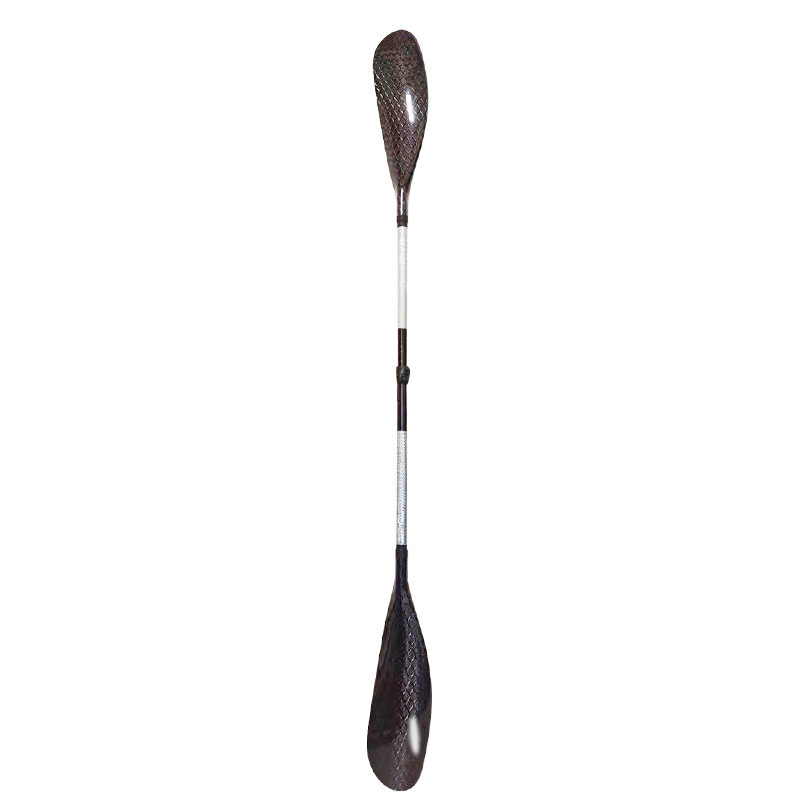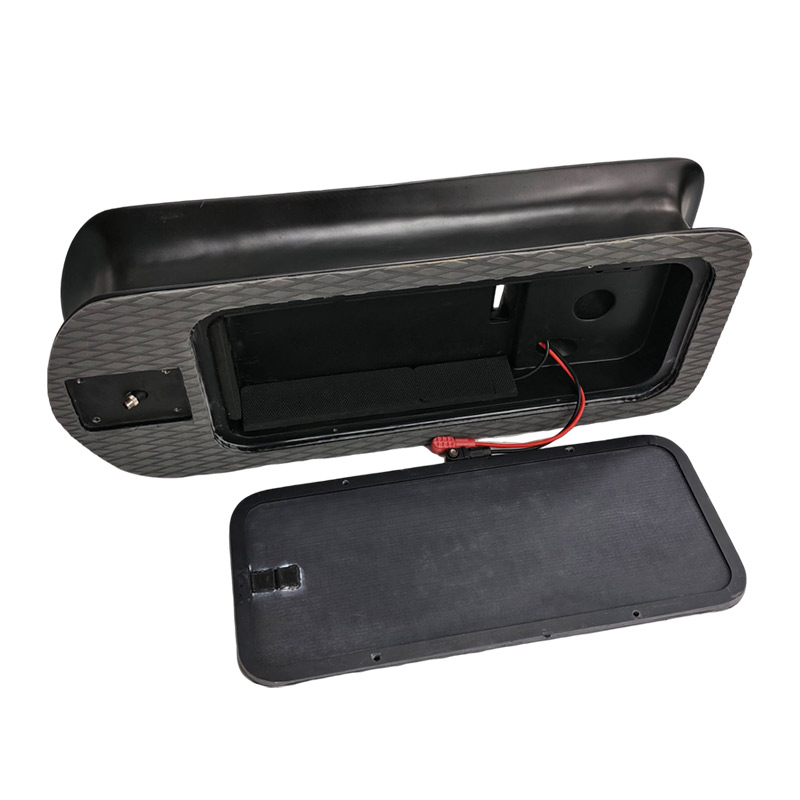In the vast ocean, windsurfing sport has always captivated brave sailors with its unique charm. In recent years, wind foil surf, which combines traditional windsurfing design with advanced aerodynamics, has gradually emerged. It’s like a flying fish in the sea and a kite in the sky. This innovative water sports equipment has brought a new vitality to windsurfing. At the 2024 Paris Olympics, hydrofoil windsurfing will officially replace the RS class and join the Olympic family. Today, let’s dive into the world of hydrofoil windsurfing and discover its mysteries and allure.

01. What is a Wind Foil Surf Board?
A wind foil surfing board, as the name suggests, is a new type of windsurfing board that combines windsurfing and hydrofoil technology. It uses the lift generated by the hydrofoil to elevate the board, allowing it to “fly” above the water’s surface. Unlike traditional windsurfing boards, the hydrofoil board has a much smaller contact area with the water, which reduces drag and increases speed.
02. How does Wind Foil Surf Work?
The core principle behind a wind foil surf board is related to the “Bernoulli principle,” which combines the lift generated by the hydrofoil and the thrust provided by the sail. When waves impact the hydrofoil, its special design produces an upward lift, raising the entire board. Simultaneously, the sail captures the wind’s power, propelling the board forward. By adjusting the angles of the hydrofoil and the sail, the balance between lift and thrust can be controlled, allowing the hydrofoil windsurfing board to maintain stability and forward momentum in various conditions.
Meanwhile, the operating mechanism of the hydrofoil is based on aerodynamics, similar to how an airplane wing generates lift. The curved shape of the hydrofoil’s upper and lower surfaces creates a pressure difference in the water molecules flowing across them, generating lift. When the angle and shape of the hydrofoil remain constant, the faster the hydrofoil moves, the greater the lift. This is akin to how an airplane’s engine generates lift for the wings; after takeoff, the wings are adjusted to balance the lift with the aircraft’s weight, allowing the plane to fly stably in the air. Reducing speed decreases lift, enabling the plane to land safely.
When operating a wind foil surf board, the athlete needs to apply or release pressure on the front wing through their front and back feet to adjust the shape and angle at which the hydrofoil contacts the water. Every small adjustment can significantly impact the board’s performance. Additionally, environmental factors such as wave size, water flow speed, and wind force can affect the hydrofoil windsurfing board’s stability and speed. Therefore, operating a hydrofoil windsurfing board requires advanced skills and extensive experience.
03. How is a Wind Foil Surf Board Made?
The production of a wind foil surfing board is a highly complex task that requires technological support. First, the design and manufacture of the hydrofoil is the core of the entire process. Manufacturers must consider wave characteristics, wind direction, and wind speed to design a hydrofoil capable of generating sufficient lift, which directly determines the lift, speed, and stability of the board. If are interested in customizing a composite windsurf foil board, welcome to contact us for more details.
The structure of the hydrofoil system primarily consists of the main mast, fuselage, front wing, rear wing (stabilizer), and base.
The precise specifications and construction of these components are crucial to the performance of the hydrofoil windsurfing board. The main mast, being one of the key structures, must have its span, height, and construction carefully designed to meet specific needs. In terms of materials, carbon and aluminum are the most common choices for building the mast, with carbon being preferred for its efficiency and lightweight. Although aluminum masts are more affordable, they are heavier and not as strong as carbon fiber masts.
Secondly, the board’s construction must also consider factors such as weight, strength, and buoyancy.
Finally, combining the hydrofoil with the board and adding the sail creates an efficient and stable wind foil surfing board.
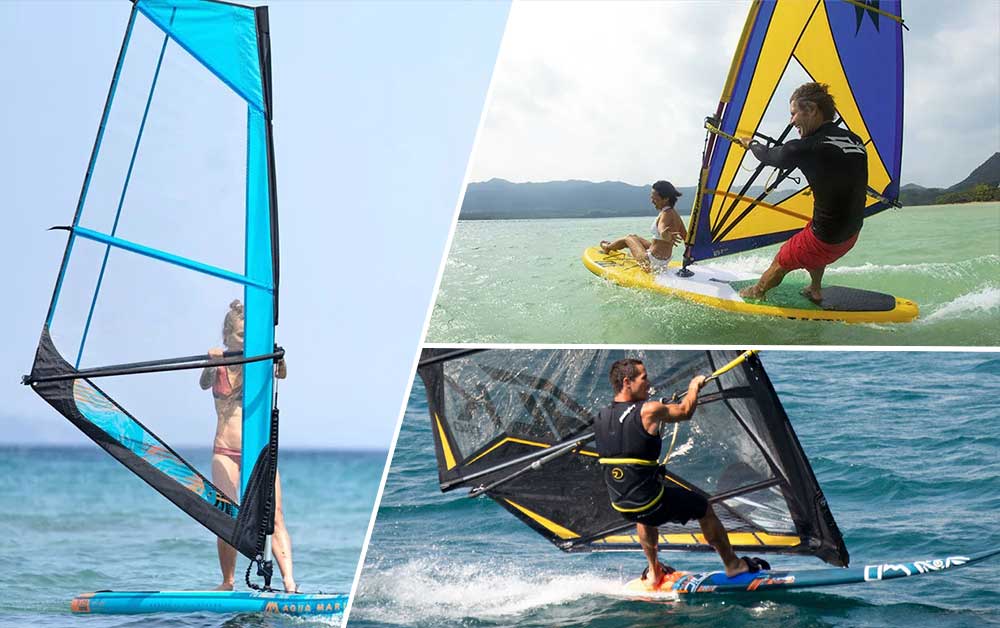
04. The Classifications
Wind foil surf boards can be classified into race foil boards, freestyle foil boards, wave foil boards, and freeride foil boards, here are the classifications for your reference.
1. Race & Slalom Foiling Boards
-
- Foil: Made of carbon material with a very long mast and a long fuselage. The front and rear wings are relatively wide.
- Sail: The sail has a high aspect ratio and a wide wind range, providing ample power.
- Board: The tail of the board is very wide, making it suitable for both turns and PWA slalom races.
- Gliding Characteristics: These boards excel in both upwind and downwind speed, allowing for superior upwind angles.
2. Freeride Foiling Boards
- Foil: Made of aluminum or carbon, with a large surface area but a relatively narrow width.
- Sail: Lightweight with a high aspect ratio, featuring a strong and stable leech twist. The sail area is small.
- Board: Wide but not long, usually with a square tail.
- Gliding Characteristics: Athletes maintain a more upright and ergonomic posture when racing, pumping, or jumping. Suitable for beginners in flat water environments.
3. Wave WindFoiling Boards
- Foil: Usually made of aluminum with a large front wing that enhances lift and reduces stalling.
- Sail: Lightweight and easy to handle, similar to the freeride foil board.
- Board: Shorter in length, wide in area, with a thinner tail and footstraps positioned inward and forward.
- Gliding Characteristics: Allows athletes to remain upright and focus on surfing rather than relying heavily on the sail.
4. Freestyle Wind Foil Surf
- Foil: Usually made of aluminum with a large front wing that enhances lift and reduces stalling.
- Sail: Small freestyle sail design.
- Board: Shorter with a tail fin box capable of withstanding some impact.
- Gliding Characteristics: Designed for tricks and freestyle maneuvers, suitable for freeriding, technical riding, and jumping. It’s fast, light, and responsive.
05. The Evolution of Olympic Windsurfing
Since windsurfing first appeared at the 1984 Los Angeles Olympics, the equipment has undergone multiple changes, profoundly impacting windsurfing at all levels. By comparing the equipment used in different Olympics, we can gain an understanding of this evolution: Windglider board at the 1984 Los Angeles Olympics, Lechner Division II at the 1988 Seoul Olympics, Lechner class at the 1992 Barcelona Olympics, Mistral class at the 1996-2004 Olympics, and RS class at the 2008-2020 Olympics.
However, as times have changed and technology has advanced, wind foil surfing has gradually emerged as a new trend in windsurfing due to its unique charm, widespread influence, and higher spectator appeal. After continuous technological improvements and rule testing, hydrofoil windsurfing gradually gained recognition from the International Olympic Committee and will officially become a competition event at the 2024 Paris Olympics. This historic event not only marks the official recognition of hydrofoil windsurfing’s international status but also injects new vitality into the global promotion and development of the sport, opening a new chapter.
06. Hydrofoil Windsurfing vs. RS:X
Although hydrofoil windsurfing and RS share similarities in using wind and water currents to propel forward, their specific designs and operation methods differ significantly. RS uses a fin design, allowing the board to float on the water’s surface, whereas wind foil surfing uses a wing-like design that lets the board fly through the water. If windsurfing were compared to a marathon in athletics, RS would be like a full marathon, requiring high endurance and speed control, while hydrofoil windsurfing would be more like a half-marathon with obstacles, requiring greater speed endurance and explosive power, along with precise techniques to overcome water obstacles.
Therefore, hydrofoil windsurfing demands higher physical strength and technical skill from athletes, requiring powerful lower body strength and absolute strength to control the board effectively. While both require skill and strength, the specific demands and challenges differ.
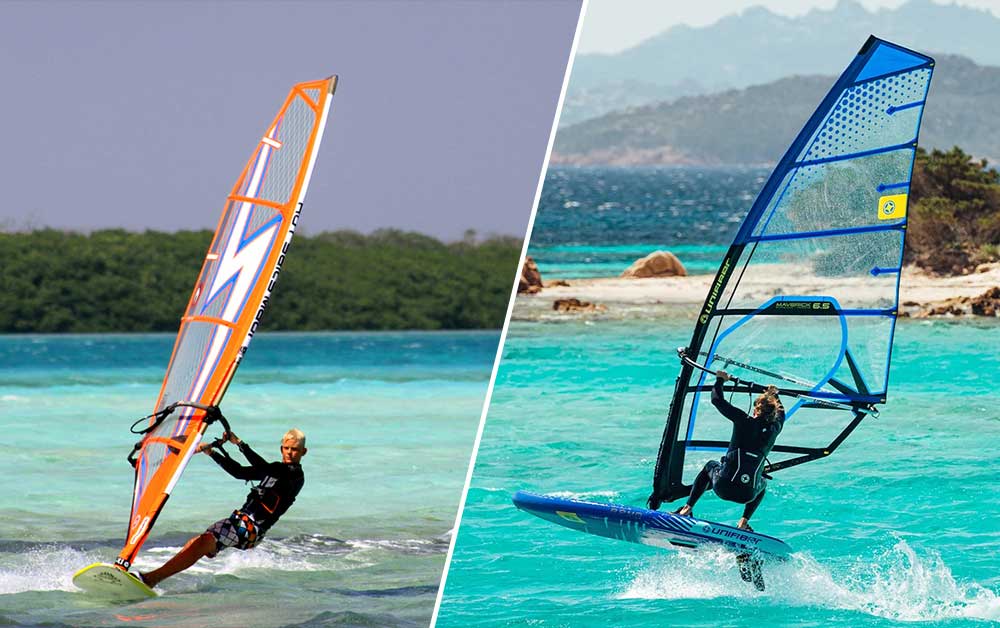
Conclusion
As a new windsurfing discipline that blends technology with nature, wind foil surfing is increasingly gaining attention and popularity. With its unique design and efficient operating principles, it represents the future trend of ocean sports. With growing global emphasis on environmental protection and sustainable development, hydrofoil windsurfing is undoubtedly poised to become a key focus in the future development of ocean sports. Let’s look forward to the exciting performances this innovative sport will bring in the future!

